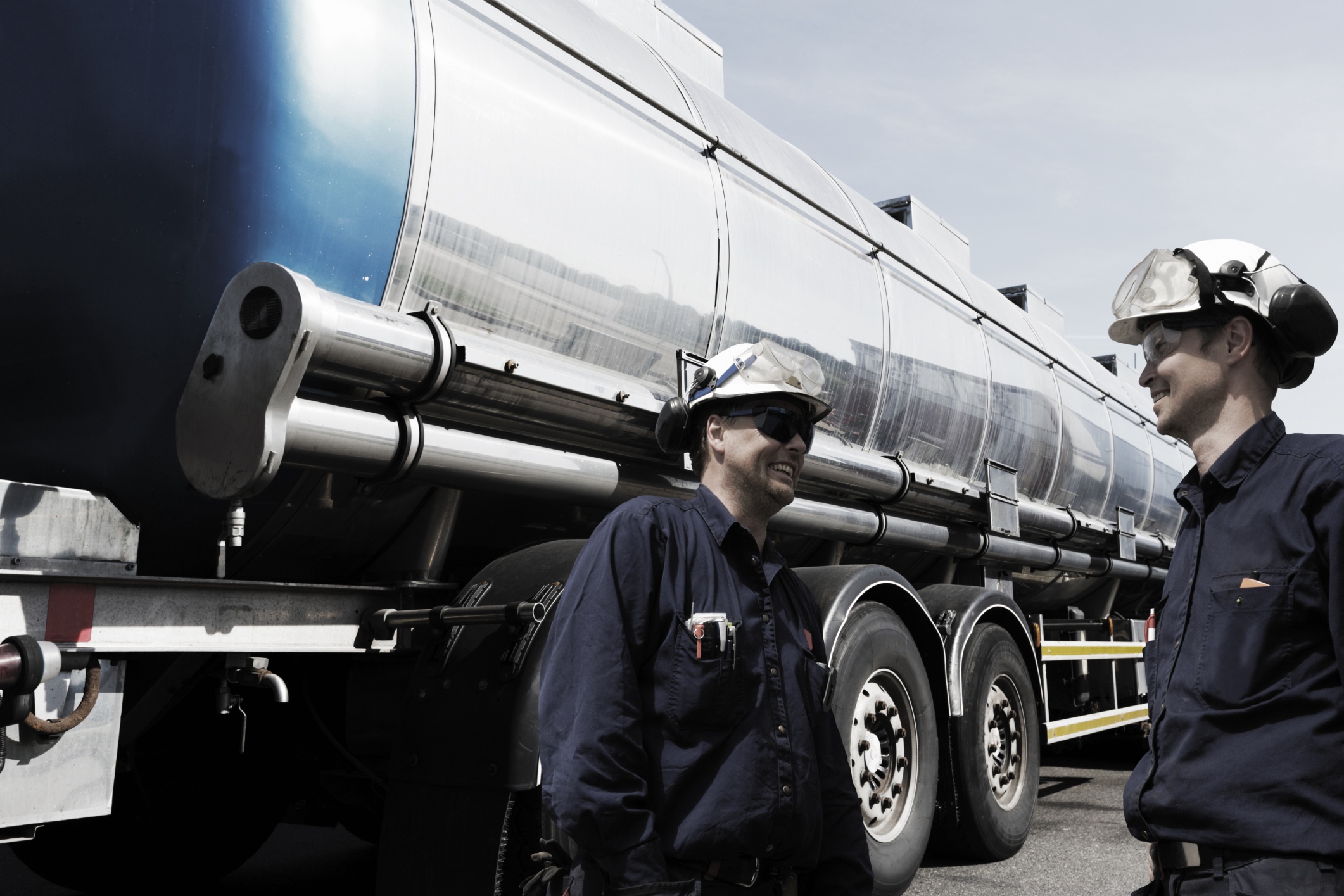 A truck loading site presents a number of safety challenges, from truck spotting to securing and tarping loads, from preventing falls to keeping other employees out of harm’s way. While truck safety equipment plays an essential role in preventing injuries on your work site, this equipment must be combined with carefully thought-out safety procedures and training.
A truck loading site presents a number of safety challenges, from truck spotting to securing and tarping loads, from preventing falls to keeping other employees out of harm’s way. While truck safety equipment plays an essential role in preventing injuries on your work site, this equipment must be combined with carefully thought-out safety procedures and training.
Workplace injuries and fatalities are all too frequent during truck loading and unloading, according to a report by The Safety and Health Assessment and Research for Prevention (SHARP) Program at the Washington State Department of Labor and Industries. Fortunately, these incidents “are preventable by following recommended procedures and the use of proper equipment.”
Here are seven tips for better truck safety, drawn from the SHARP Program report:
- Analyze Injury Data
Start by evaluating your company’s injury data to determine where and how injuries and “near misses” are taking place. These insights help you target the most serious hazards and maximize the effectiveness of your safety program.
- Establish Safe Procedures
To protect drivers and operators, as well as any workers on foot, make sure you have procedures in place for all types of loading and unloading. Before moving any truck or trailer, for example, drivers should visually inspect and secure the vehicle and surrounding area to make sure all workers are clear.
The procedures recommended by SHARP include incorporating visual signs that indicate workers are working in or on a truck, and making sure these signs are visible from the truck mirrors. The truck’s keys could also be placed on a board by the loader during operations, and only returned to the driver once the work is finished.
- Train All Involved Workers
Provide relevant safety training for all workers in the loading and unloading areas – not just for drivers and operators. Areas to address include product education, fall protection and site conditions. The SHARP report also suggests planning for ongoing education, using “refresher training, periodic toolbox talks or information sheets.”
- Provide Feedback
Reinforce training by supervising workers and providing feedback (positive or negative) on how well they follow your established truck safety procedures.
- Encourage Workers To Report Hazards
When people are working around trucks, haste and “macho” attitudes may create dangerous conditions. Instead, strive to create a safety culture in the workplace and encourage employees to report any safety hazards they encounter.
- Maintain Vehicles And Equipment
Poorly maintained loading equipment may result in injuries, as well as damage to your product and machinery. Regular communication between maintenance staff and management is essential to ensure your vehicles and equipment are kept in safe operating condition.
- Conduct Regular Safety Meetings
To facilitate communication and reinforce the importance of truck safety, hold regular meetings that include management and other stakeholders.
To protect your workers, your infrastructure and your company’s productivity, you need to combine safety procedures, equipment and services in a way that matches your company’s specific needs. For help and advice on how to bring these elements together, consider working with a vendor who specializes in comprehensive safety solutions.
Ready to learn more about improving truck safety and efficiency at your site? Download this industry guide from Carbis Solutions to discover strategies for a safer, more efficient workplace.




